The violence that was incited by former President Trump led to riots and violent protest on January 6. Thomas Hengge, a New York-based photojournalist documented the historical event with his camera. We spoke to him about his first hand experience in an interview depicting a historical and iconic moment of today's social political environment.
Thomas Hengge: An Interview on the Insurrection.
Featured and written for the IMAGO Zine #2 | ICONS. Get your copy and subscribe to our upcoming issues.
In your own words, how would you characterize what happened on Jan 6?
January 6 was mayhem. I characterize it as what it was: insurrection, a siege on the Capitol Building. I don’t really know how else to describe it other than it was a shit show. I have been in some chaotic situations before this but reflecting on where this happened, and how it happened, is just crazy. There is a reason all the Trumpers that were there are in hiding.
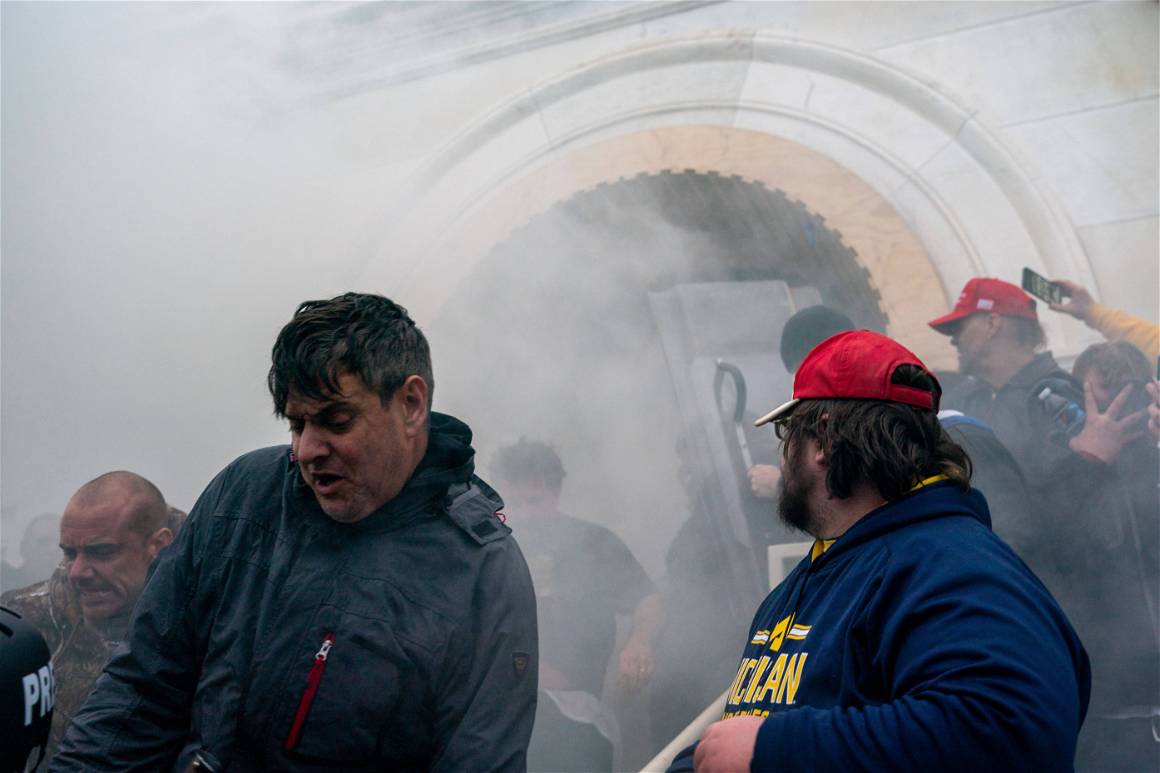
Talk us through your first hand account from Jan 6. What did you hear and see? What was the atmosphere like?
From the start the atmosphere was tense, especially if you were part of the media. You could feel people sizing you up, watching you move. I got cursed out a few times early in the day for taking photos, but nothing serious enough to deter me from shooting, just taunting. I tried to blend in, but two cameras hanging from my shoulders was a dead giveaway (haha).
The crowd was a lot more massive than I expected, though. Everyone was there, from elderly people to little kids, all decked out in Trump gear, obviously. It is always strange seeing young kids at political things, especially like that. Feels unfair that they really have no idea what they are representing or why.
I also saw a lot of dudes dressed in militia uniforms. You know, with the camo and wannabe “cool guy,” as we call them in the Army, military gear. Those guys are the worst. Most of them have never served but want to “play soldier.”
Anyway, the speeches earlier that day set the tone for the events that followed, for sure. I think that is the general consensus. People were already riled up and the speakers fed them what they wanted to hear, like at any political event. You could feel the crowd become more and more intoxicated with each speaker. Then came Trump, and bang. The energy heated up with him and boiled over when people started marching to the Capitol.
I think they really believed they were trying to save America in the name of their god Trump. Watching the same people who call everyone else “sheep,” and whatever, be herded and used as pawns for the destruction that took place that day is comical in the worst way, thinking back now. A comedy turned tragedy, really.
But the steps of the Capitol after the initial breach were definitely the craziest. Officers were holding the line at the door with riot shields and the mob was ramming them with anything they could get their hands on—poles from flags, pieces of furniture stolen from inside the capitol, literally anything. They were trying to pull officers out into the crowd, stealing their shields, helmets and equipment, and beating them. It was wild. They were calling the cops traitors, which was really ironic.
People seemed ready to die right then and there. I felt like at a certain point the officers would have no choice but to use lethal force like they did inside. Glad they didn’t for the sake of the journalists there, but considering it was the Capitol Building, I thought it was coming. Instead, they just pepper sprayed and gassed everyone. Felt like too little too late, but it was definitely effective.

What were you feeling that day? What did you experience physically and mentally/ emotionally?
With this type of situation, I try to stay in the moment, by staying focused on making images to not get caught up in my emotions and fear. It is just better to stay focused. I didn’t feel anything emotionally at all really until days later. I still don’t think I have fully processed it—sort of just compartmentalized it, which I have to work on.
Physically, adrenaline took over and that was that. But that day it was all move, react and adapt, adapt, react and move. Don’t get beat up, shot or killed, really. Not much time to think, just act.
Instincts helped channel the fear, though, I think. I stayed focused on making photos and more so on 360 degrees of security to make sure I was doing everything I could to be aware of my surroundings. At a certain point, though, you just accept you’re in a shitty situation and hope you get out. For me, I just try and do your best to stay calm, I think. No use getting flustered, really.
The only time I paused to really check in with myself was when I first reached the top of the Capitol steps. I took a deep breath before I headed to the door, said “you’re good,” in my head, looked up and saw the dome of the building and just had a weird “holy fuck, I am at the Capitol right now,” moment. But that was all of three seconds, then it was back to focusing on the situation at hand.
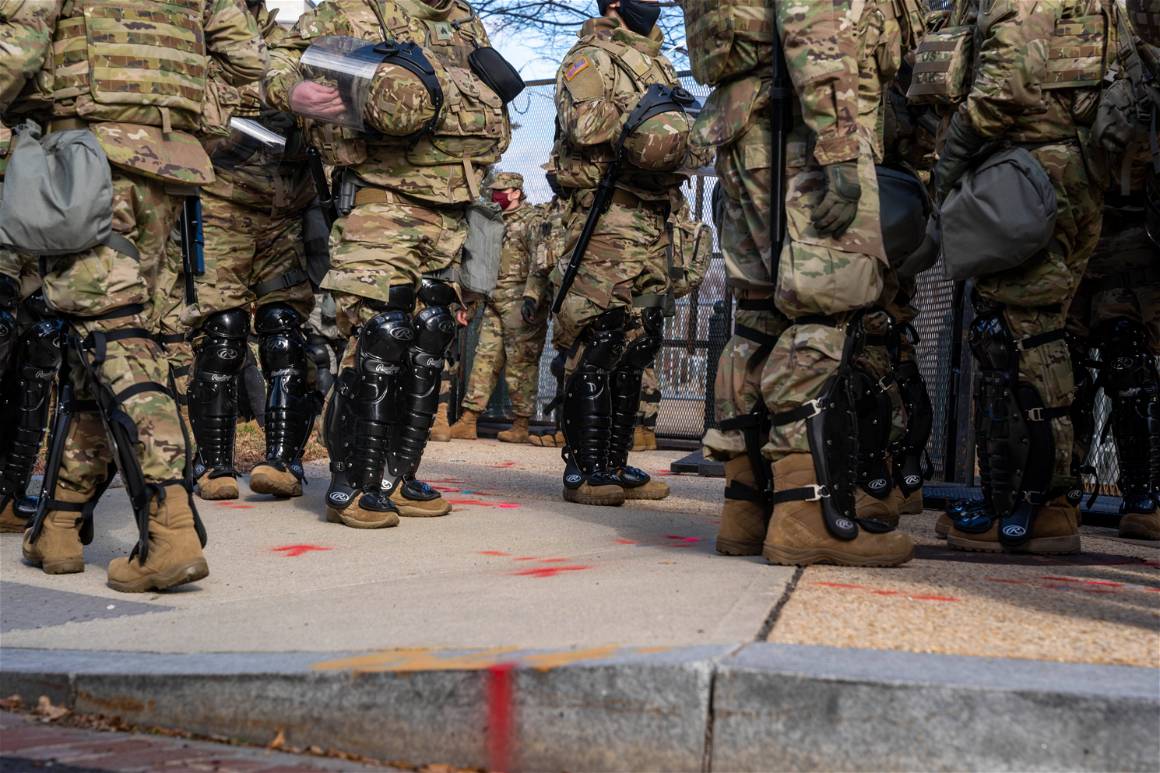
What was the most defining moment that impacted you on January 6?
There are a few, for sure.
This might seem weird, but what stands out, I think, was at the end of everything, after I made it out of DC. I finally made it to Arlington, lucky before the train’s shutdown, and I called an Uber to where I was staying. When I got in the Uber the driver was listening to the broadcast of the insurrection coverage. It was this weird sort of meta, bizarre moment (haha)—mind you during this ride I’m still covered in gas and spray, and just all out of sorts. Listening to the broadcaster describe the day put in perspective what I was just in the middle of and how bad it really was, I think. People died. I couldn’t really process it yet; my head was still spinning. Even though I was just there, it didn’t feel real. It still sort of doesn’t.
Another was after everyone had finally been pushed from the Capitol. I had taken a nice dose of gas and spray and the police were pushing up, shooting what I think were pepper balls at the crowd, like paintballs but pepper spray. I had enough and walked out onto the lawn of the Capitol, lit a cigarette and just watched the rest unfold. I had never been to the Capitol Building, so it was a sight. Concussion and gas were going off still, people shouting and falling back. It was weird having that moment to just take it in for a second after how crazy and fast things unfolded. I was just by myself all of a sudden. I’ll never forget that smoke (haha).
Going in reverse, I guess, I think the last was on the steps of the Capitol when Trump finally addressed the mob with his “we love you, you’re special,” or whatever, speech. Some guy came running up with a megaphone and his phone out, shouting that Trump was speaking. Everyone sort of slowed down for a second and listened, but the conclusion on the ground was that things had gone too far, and they needed to keep going. So that pause was short lived. Trump officially lost control, if he ever had it to begin with. It was crazy hearing that come in in real time and seeing how the mob reacted.

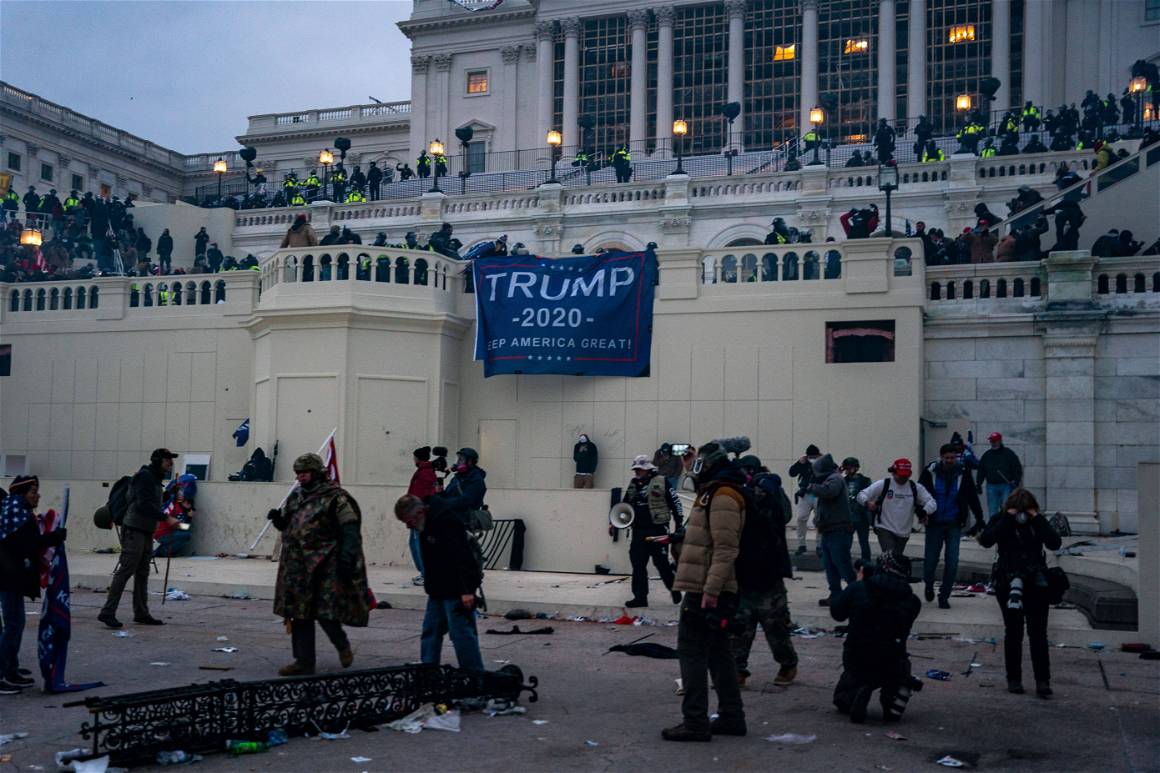
And the most memorable person you saw or came into contact with?
One guy tapped me on the shoulder as soon as I got up the Capitol steps and asked me to take his picture with a sign he stole from the building. It is the “Area Closed” sign photo. I thought I was in for it since people were questioning and attacking reporters and photographers, but the guy politely asked for a photo. It was such a weird interaction given the scene unfolding around us.
I also saw that now well-known guy with the face paint, spear and horns as soon as I got off the train. I didn’t snap his photo because I figured it was just some guy showing out for the camera. Lesson learned there. I guess it is true that it is always the photos that you don’t take that stay with you. Although I am not sure that photo would have added anything to my coverage, more so just for my archive, I guess.
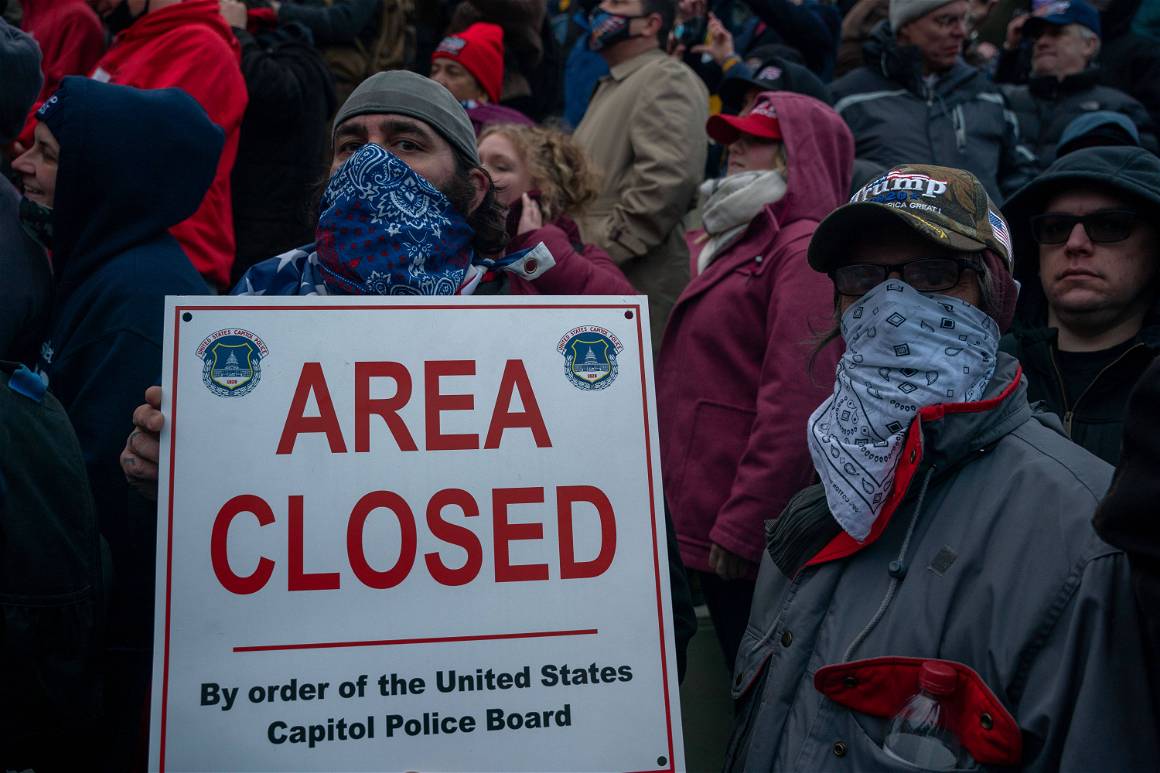
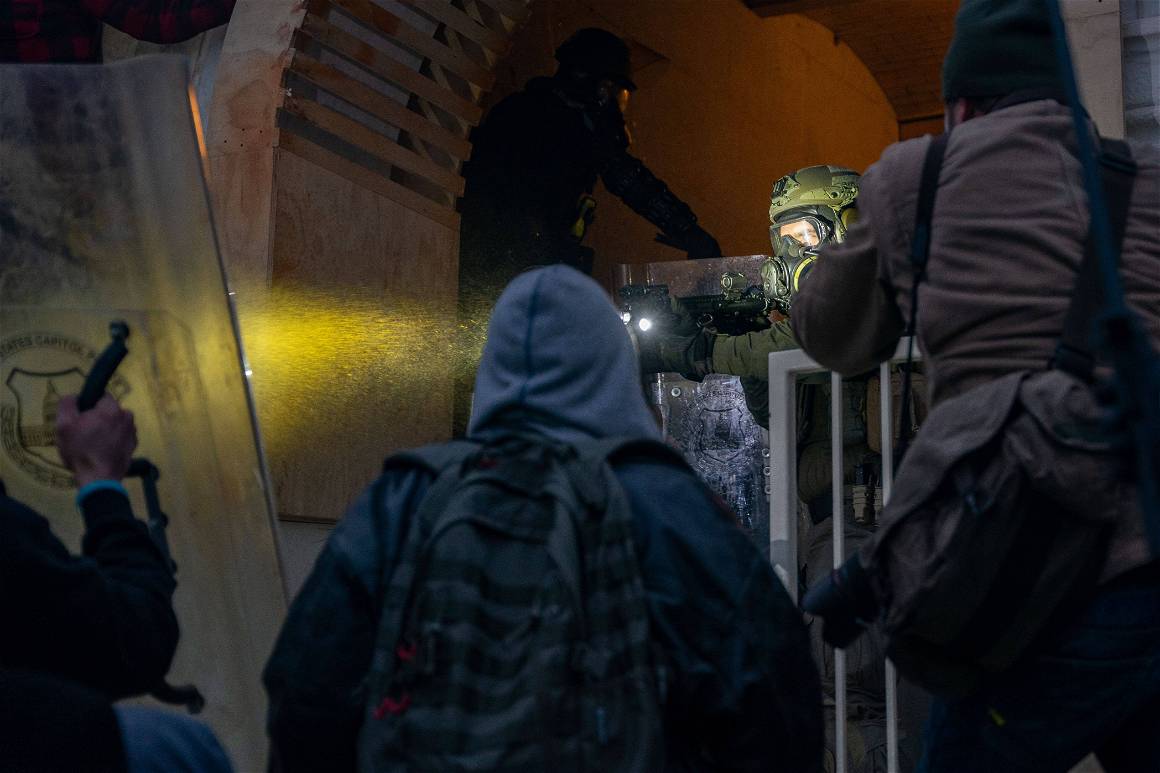
Did you speak to anyone about why they were there or their views? Did you discover anything about their cause that was new, different or surprising?
I didn’t discover anything new, really. Everyone I spoke to just reinforced what Trump and the other speakers were saying, and basically repeated what was on all the flags and signs. I didn’t go in with any preconceived notions or tried not to at least. Based on everything that day, these people really believe the election was stolen and that what they were doing was going to save America. From what I see, they still do.
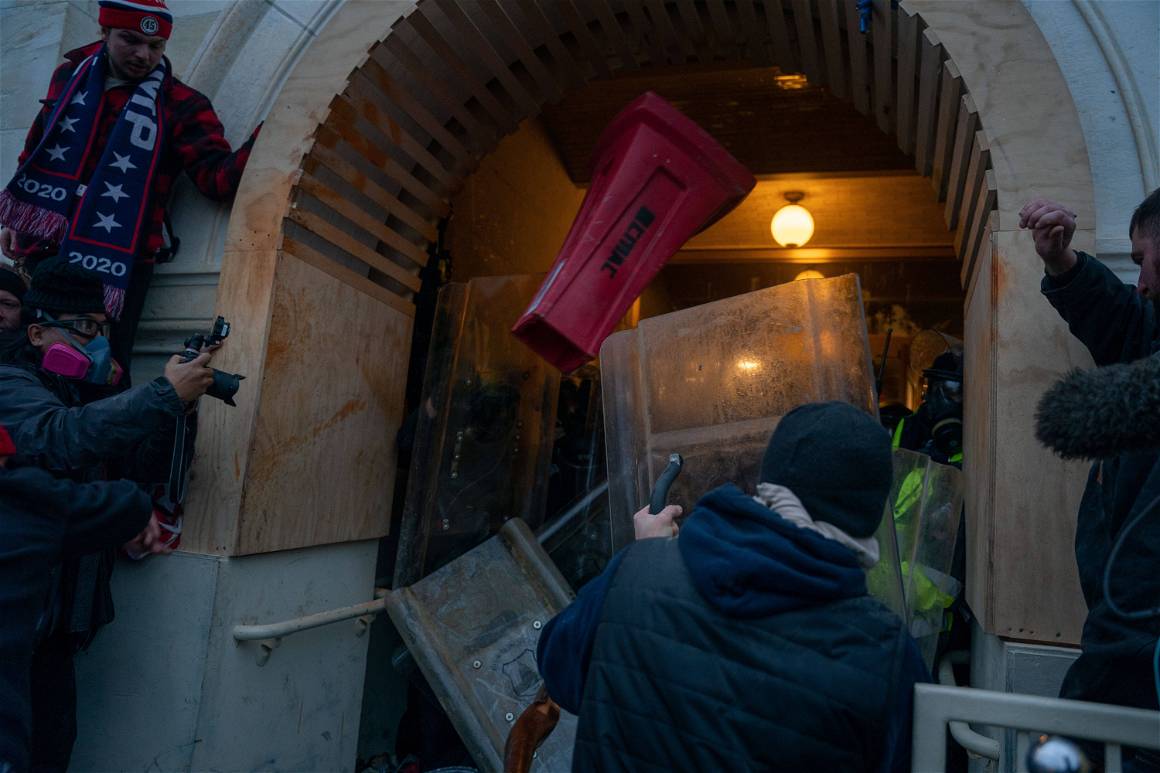
Where were you positioned when the protesters breached the Capitol Building? What did you see or experience?
When they first breached, I was actually on my way to my buddy Joe’s place not far away to grab some food and recharge my stuff. Bad judgement call on my end (haha). I thought they had gotten as far as they could. But as soon as the notification came up on my phone from the New York Times, I was hauling ass back to the Capitol. When I got there, people were climbing through busted out windows and trying to breach the entrance still. It was chaotic but coordinated. I say it was coordinated because there was literally a woman with a megaphone barking out orders.
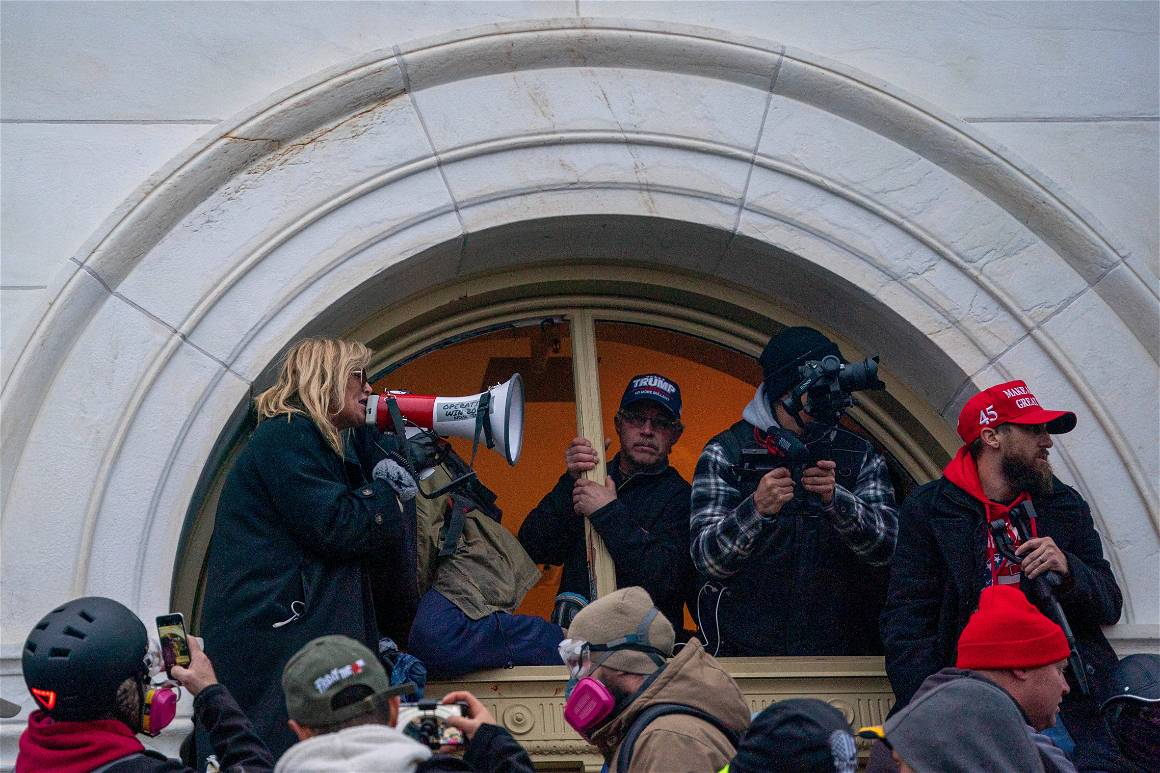
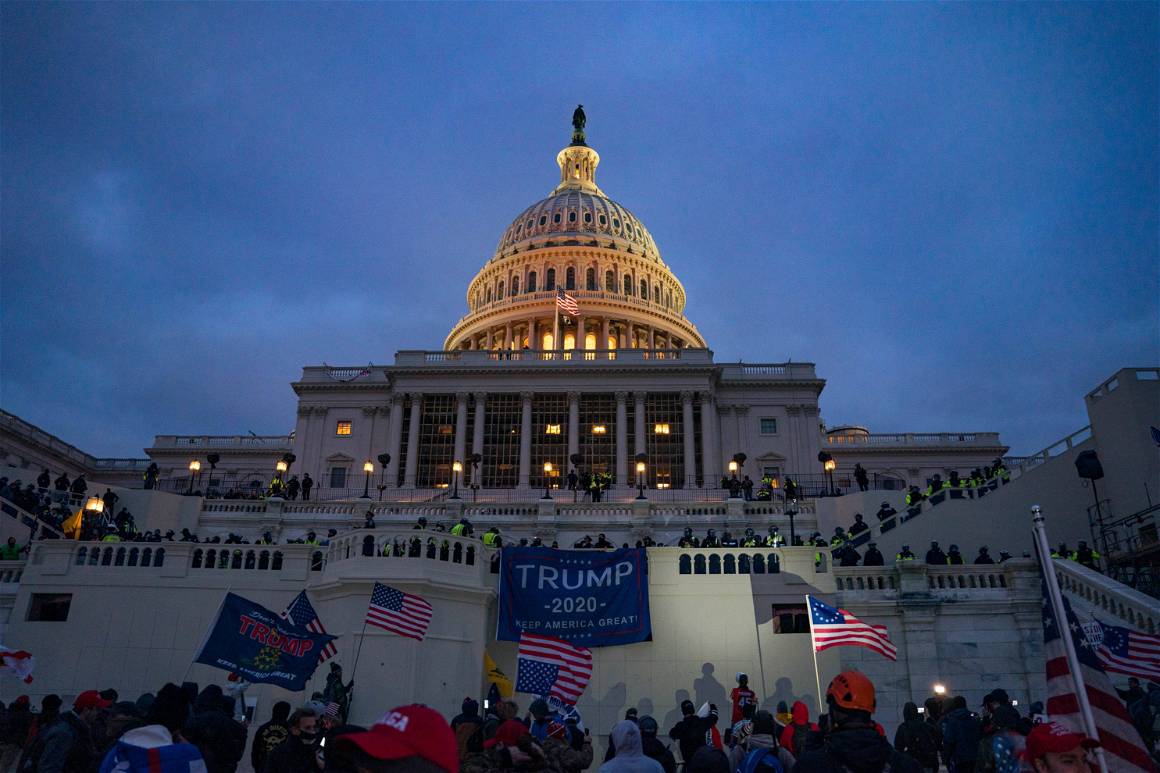
What was your initial thought behind going to Washington and photographing that day? What did you hope your images would say, document or capture during the riot?
My decision to go was really a guess. Obviously, I could not have seen what was coming, but I had been reading about the event and hadn’t really covered Trump supporters up until that point, so I figured I’d go see what it was all about. I rented a car and drove down the day before on January 5. I didn’t really have a plan for my images, I just wanted to see the rally for myself.
I just try to be accurate and tell the story with anything I cover. I do my best to leave my emotions out of things and just let the images speak, but that can be wishful thinking, especially for something as crazy as this. I don’t know that there is such a thing as objectivity, because we always bring our conscious and subconscious biases into things, but my plan was just to go see Trump’s last stand. That was my only plan.
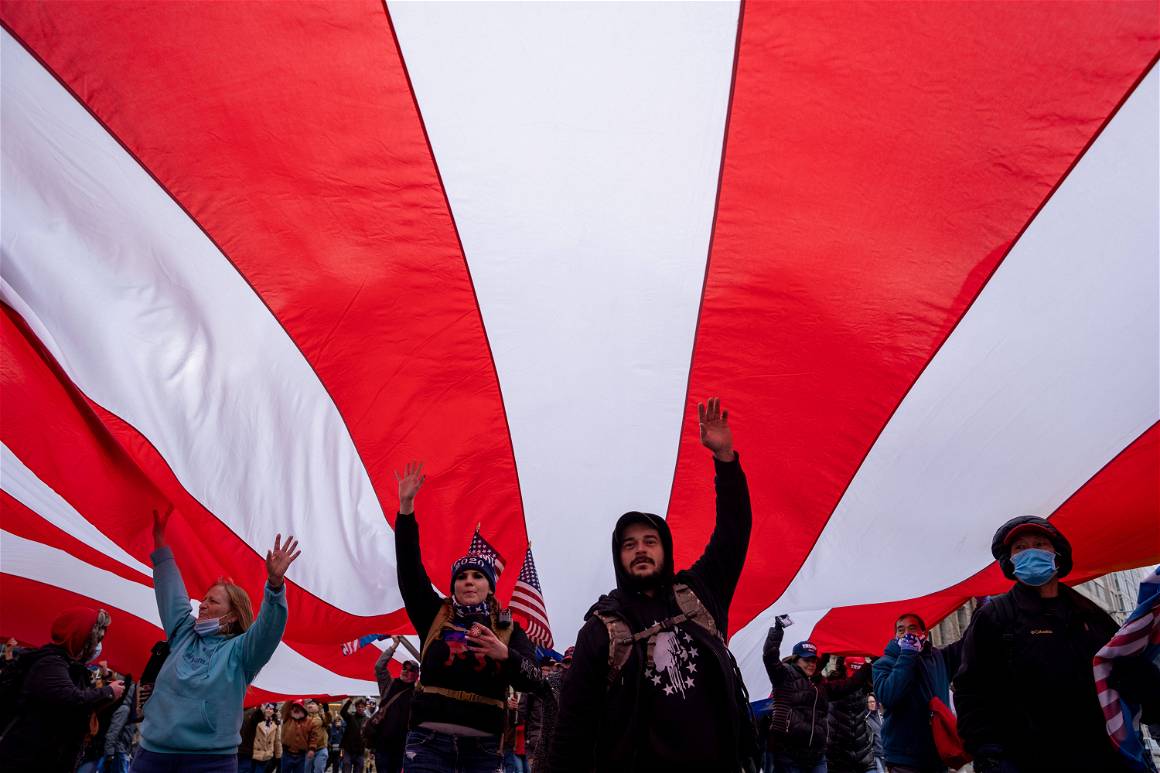
Do they say it? Or looking back, do they say something that didn’t think they would?
I think they tell the story of what I experienced, and that is all I can hope for. I am pretty clear about that with my work in general. It’s my eyes. There will always be things we miss. We can’t be everywhere, of course. So many photographers and reporters were there, and everyone experienced and captured things in their own way. With how insane the day was, I came out of it not really worried about my images and just happy I was okay, really.
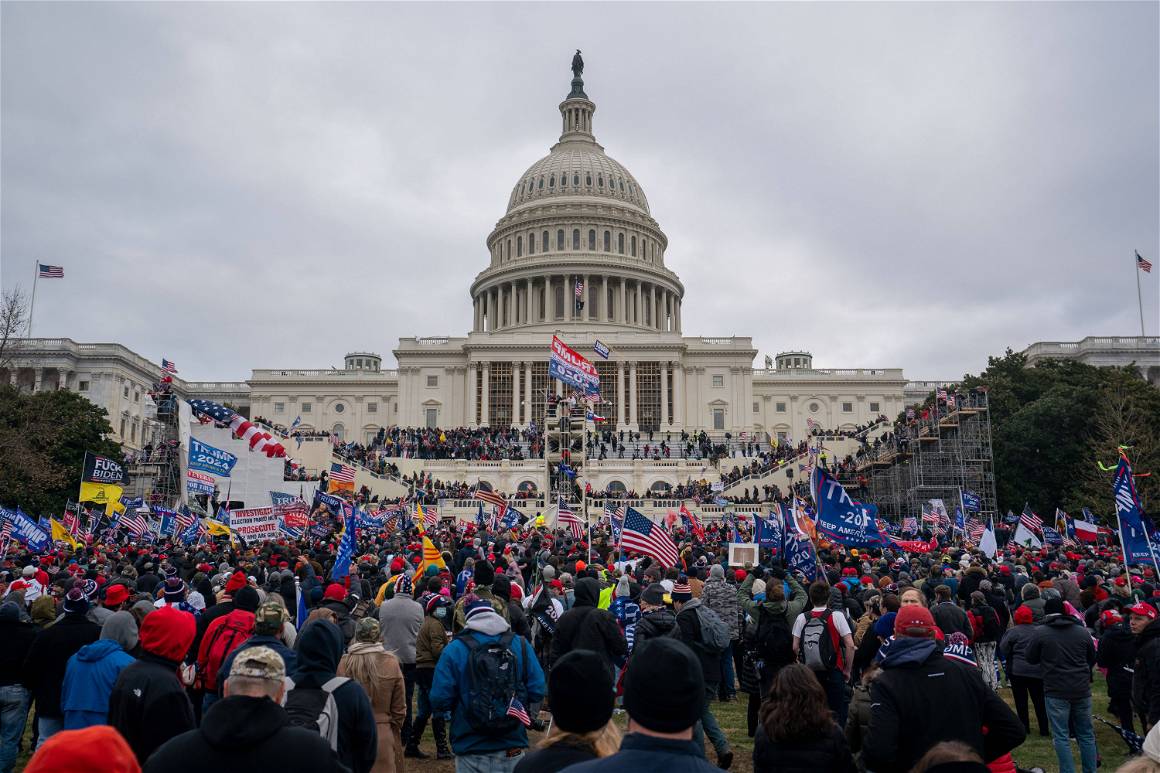
Were you aware at the time that what you were witnessing was momentous or would grow to be perhaps iconic? Did it feel like a moment in history?
Definitely not. It still doesn’t feel real even though I am talking about it and sitting here with a hard drive full of images from that day. I don’t think about it too much, other than now. Not for any particular reason. I just don’t. I haven’t really even gone back through my images.

As a photographer you have photographed both the Black Lives Matter protests and the Capitol riot. To you, how have these two events differed, and do you have an opinion on the dichotomy between the two?
To me, the difference is the BLM protests were and are fighting state violence, which sparked from a murder in broad daylight on the back of years of injustice. The Capitol rioters are fighting their own delusions.
I don’t put BLM protesters and the people who chose to take advantage of chaotic situations and looted stores in the same category. Also, I think it is important to separate BLM the organization from the everyday citizens fighting for change, which was a bigger part of the movement that followed the murder of George Floyd. It was and is citizens and community groups fighting for change. The people taking to the streets to protest and the people who looted stores are not one in the same.
The rioters who stormed the Capitol did so in the name of Trump. But the people I saw raiding Dolce & Gabbana and Nike weren’t wearing BLM hats and waving BLM flags.
I am sure people would argue that and call me a biased lefty journalist, but those opinions are white noise. Unless you were there, you don’t know. I saw people at the New York City protests begging looters to stop when they were breaking into stores, pleading with them. I didn’t see that at the riot at the Capitol. They were on a specific mission from the jump. That’s the difference. It was a mass attack.
Also, a clothing store in Soho and the United States Capitol Building are two very different establishments. Neither are right to attack, but if you can’t see the difference in the implications, it’s just not worth the conversation. People will do mental gymnastics to justify anything, which is why whenever the Capitol attack is brought up, righties are quick to ask, “but what about X, Y, and Z with BLM?” Whatever helps them sleep at night, I guess.
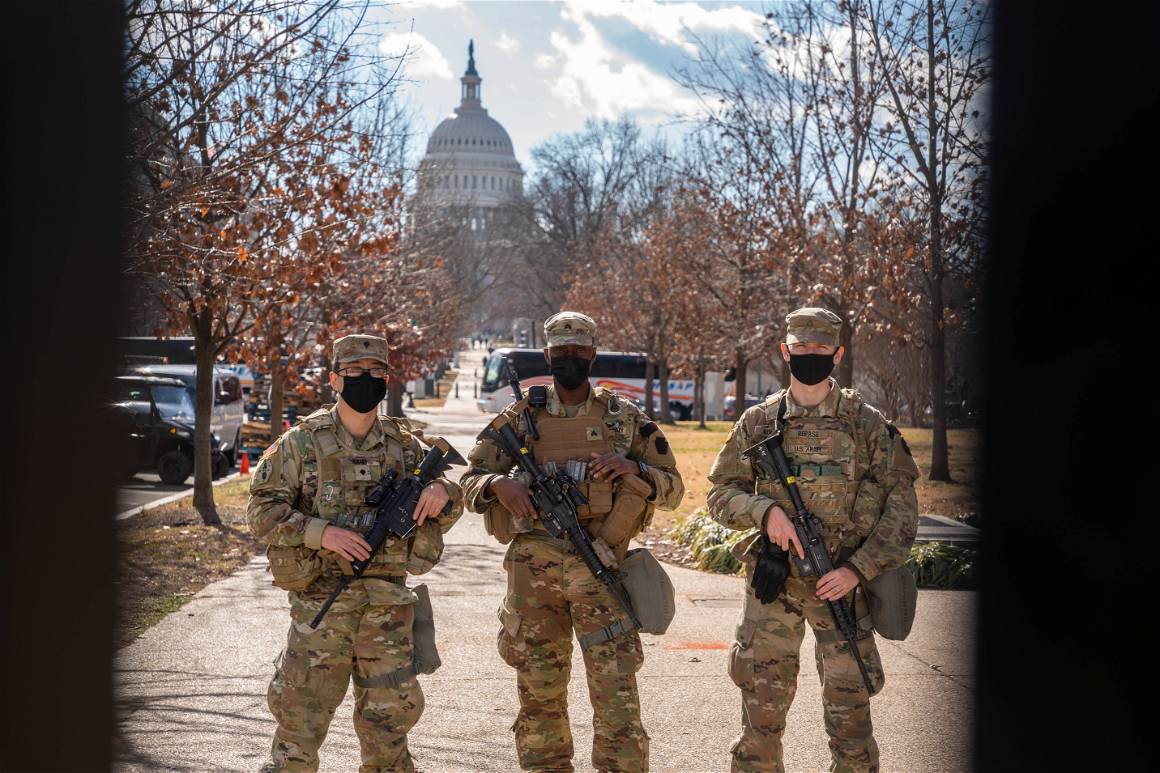
What was the one resounding take away from the day rioters assaulted the Capitol for you personally or for you as a photojournalist?
Personally, a takeaway was that I got to see the extremism that exists in this country mobilize. Unfortunately, I don’t think it ends there, or that that was the full power of what these people are capable of or want to accomplish.
As a photojournalist, never leave a scene prematurely, ever (haha).
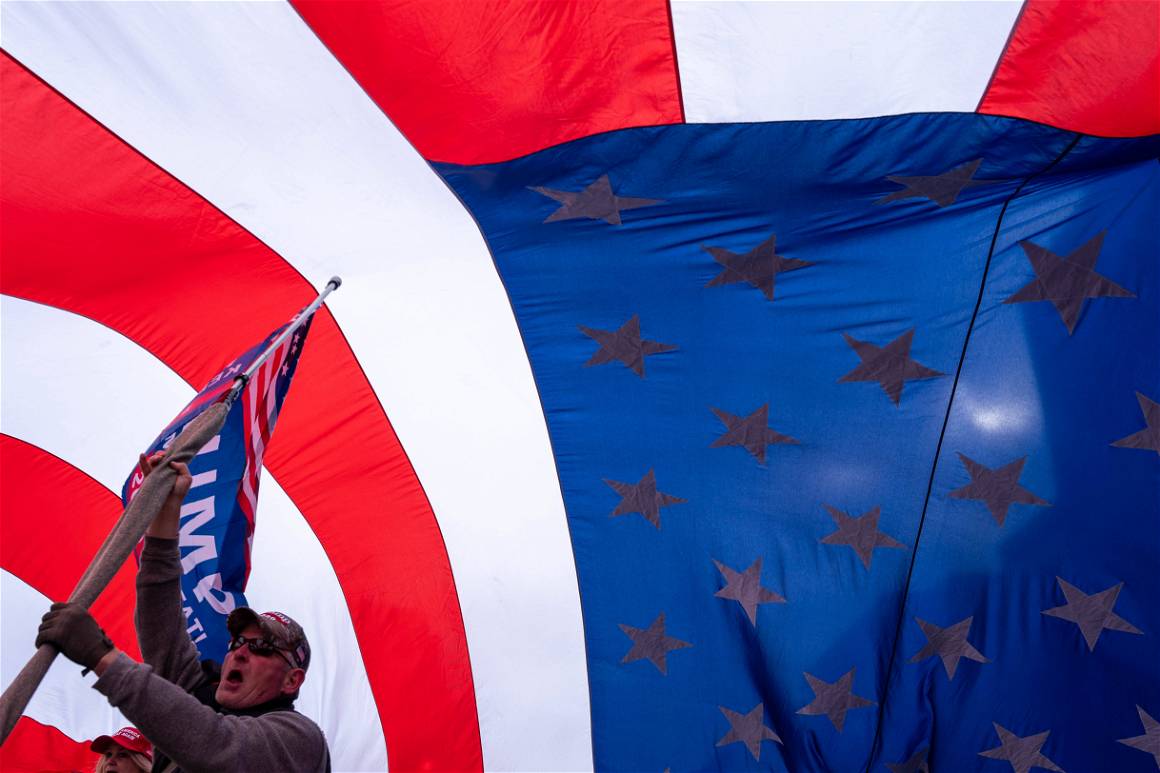
If you could send one message either via this interview or via your photographs from that day what would it be?
I think my message would be that I don’t think this ends with what happened on January 6 for these people. I think they are just waiting for the resurgence of Trump in 2024, and it will be worse than it was before. From what I experienced, I think these people are still ready to mobilize for more, and fuel is only going to continue to be added to the fire. I hope I am wrong, but doubtful.
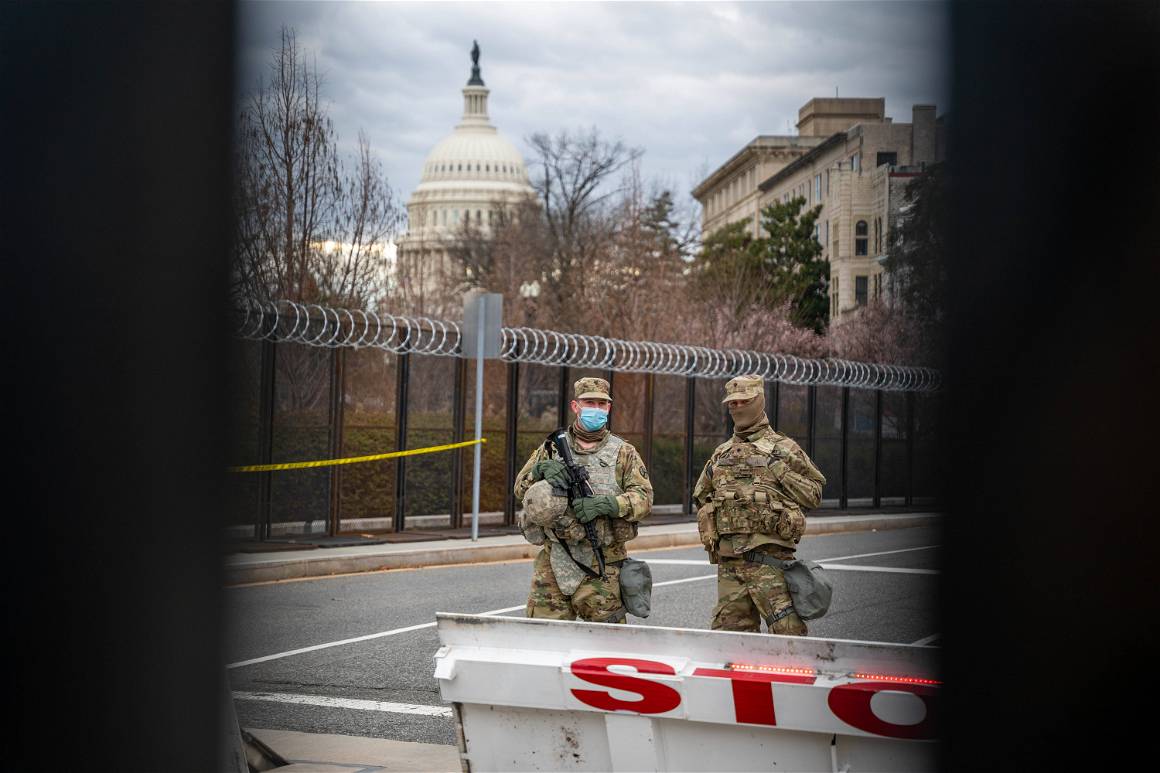
Do you think the storming of the Capitol is iconic for today’s society? If so, why?
I would say it is iconic or symbolic in clearly showing us what is corrupt with the system of American politics. We allow for the development and existence of extremism to fester, people are used and mobilized for a politician’s bidding, as they sit far, far away from what they have done with no consequences.
Thomas Hengge is a New-York-based photojournalist, filmmaker and writer exploring crisis, conflict, civil unrest and death through his work. This article is featured and written for the IMAGO Zine #2 | ICONS. Get your copy and subscribe to future issues.


